The Heatsink
The Ninja copper is a perfect example of brute force heatsink design, with lots of heatpipes and cooling fins on display. There are six copper plated heat pipes in a “U” configuration, meeting in the base of the heat sink and all rising to the full height of the cooler.They are joined at the base by a smaller, aluminium heatsink, which sits on top of the heatpipe assembly to further assist in dissipating heat. However, we’re a little concerned that the cooler would be dissipating heat so close to the motherboard PWMs and chipset coolers.
The cooling fins are the main difference in this model of the Ninja, as they are made entirely of copper. As any science GCSE student will tell you, copper has a greater heat capacity and is a more effective conductor than aluminium, the material most commonly used in other heatsink cooling fins. This should mean that the Ninja copper conducts heat from the CPU to the cooling fins much quicker and has more capacity for heat than its predecessor, resulting in improved cooling.
However, the copper doesn’t appear to have been corrosion protected, so the natural acids in sweat and grease produced from the skin on fingers could discolour it from its glorious orange to a muddy brown within a few months; and our review sample has been scarred on its top by black, irremovable fingerprints in just a few short days only. Unless you plan to handle the Ninja copper with gloves on, you’re going to get fingerprints on it.
The fin layout is identical to previous versions of the Ninja - there are 23 fins cut in a cross shape with a hole in the middle right down to the small heatsink below. The fins are still completely flat with a straight edge, rather than using ridges, bumps, or irregular edges to stimulate airflow resistance and increase the heat transfer.
The base appears to be well machined and when we unboxed the Ninja Copper it had a perfect mirror finish, although this will inevitably be scarred a little in the fitting process. The small aluminium heat sink on top of the heat pipe assembly however looks very rough, with scratches and manufacture marks on its open sides.
Scythe also includes an ultra quiet 120mm black cooling fan, utilising a nine-blade, sleeve bearing design. However, we were disappointed to see that the three-pin cable from the fan hadn’t been sleeved, and the wires were all completely separated. Although this can easily be fixed with some tape or a home sleeving kit, it’s an oversight on Scythe's part nonetheless.

MSI MPG Velox 100R Chassis Review
October 14 2021 | 15:04



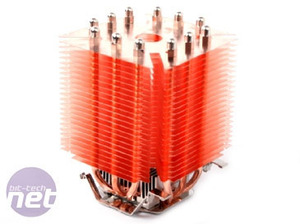
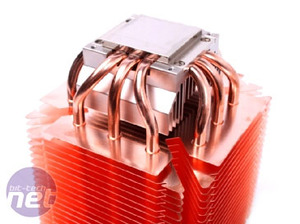
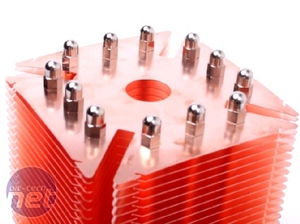
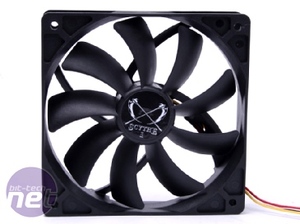
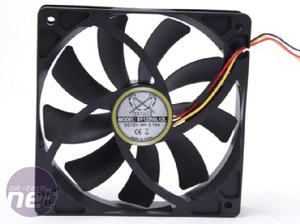







Want to comment? Please log in.